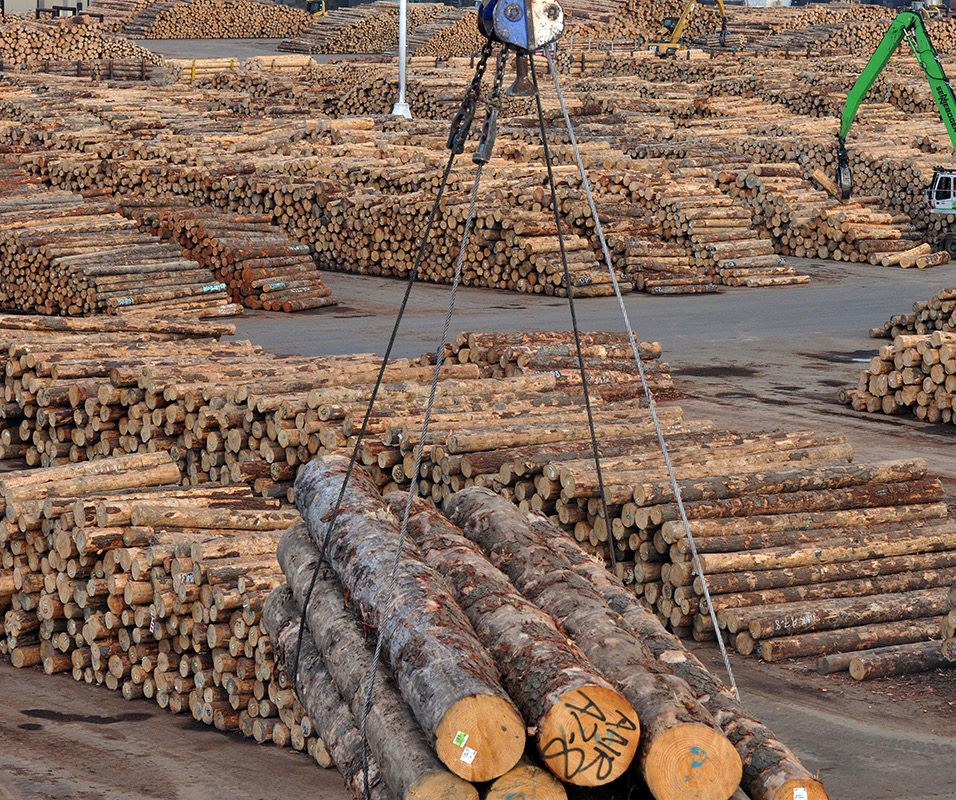What is the best way to sell my forest?
There is a lot of debate about the best way for forest owners to sell their trees/wood. The reality is that more than 90% of such sales in New Zealand are under the graded-managed-sale method. This is the exclusive sales method for professional timberland fund managers and timber investment management organisations (TIMOs). They presumably know what they are doing. The balance is a range of methods, many of which fall under the category of stumpage or forestry right sales.
Of course, if forest owners wish to sell their maturing trees and land together, that is an option, although the market for this type of sale can be quite limited especially considering the costs and time delays attaining the required Overseas Investment Office consent for foreign purchasers.

Stumpage or forestry right sales are often for a lump sum of money and the purchaser is responsible for all harvesting operations and sale of the logs. In this sales method, the seller is protected from log market risk by virtue of establishing price at the time of the sale. The seller also, however, forgoes any upside of futiure increases in log prices. In a strong log market, stumpage and forestry right sales can be favourable for the forest owner but often the best price is offered by unproven and unreliable purchasers. This accentuates several risks that are often overlooked:
5 things to think about when considering a stumpage sale
- Settlement and payment security. There are too many instances of long settlement delays and payment defaults
- Little control over the site or its operations. There is a financial motiviation for the purchaser to cut corners and not follow acceptable standards of operating and best-practice
- Whilst the forest seller may have lower health and safety liability, the seller is highly exposed to poor environmental practice and risks inheriting a degraded site and being exposed to statutory prosecution
- Poorly structured stumpage sales can result in low standards of value recovery, poor log volume recovery and a difficult site to replant
- If a forest owner wishes to embark upon a stumpage or forestry right sale, it is imperative that he seeks sound professional advice and assistance
From PF Olsen's "Essential Information for 1990s forestry block owners"
